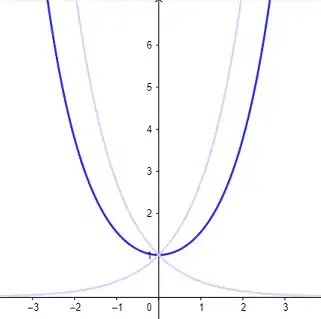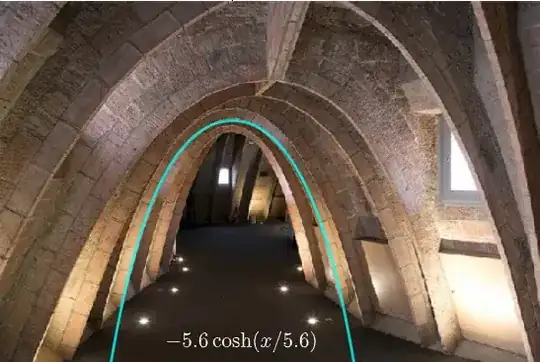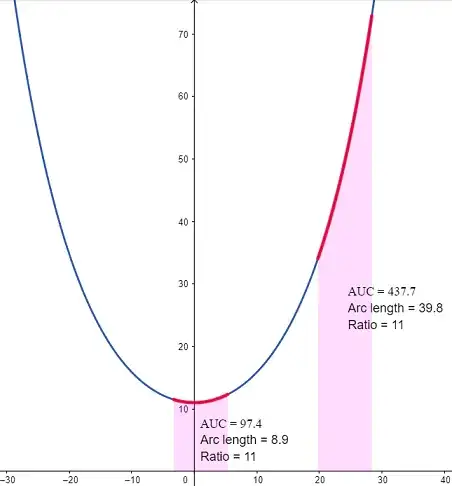It may be a stretch, but a claim can be made that the catenary is a mesmerizing geometrical object that is all about the Euler constant.
Given by its expression:
$$f(x) = \cosh(x ) = \frac 1 2 \left(e^{x} + e^{-x}\right),$$
it is the average of exponential growth and decay:

And although this implies that calculus is never left behind, it also results in a perfect architectural and engineering structure (with a minus in front): the catenary arc.

Casa Milà, Antoni Gaudí
The equation of a catenary can be derived with a contrained (by the length of the chain) Euler-Lagrange equation assuming uniform physical properties.
It is not surprising that the catenary arc is described as "an arch of uniform density and thickness, supporting only its own weight, the catenary is the ideal curve," when it is (aside from constants) the only function to preserve the ratio between the arc length of any interval and the area subtended:

And although this may sound like it is steering off topic, it is a beautiful counterpoint to $e^x$ being its own integral (up to a constant). Further, this ratio between area under the curve and arc length corresponds to the scaling parameter $a$ in the general equation of the catenary $a \cosh(x/a),$ and can be interpreted as the interest rate in the continuous compounding formula $e^{x/a}.$ In a way a perfect arch is the physical picture of continuously compounded interest.


